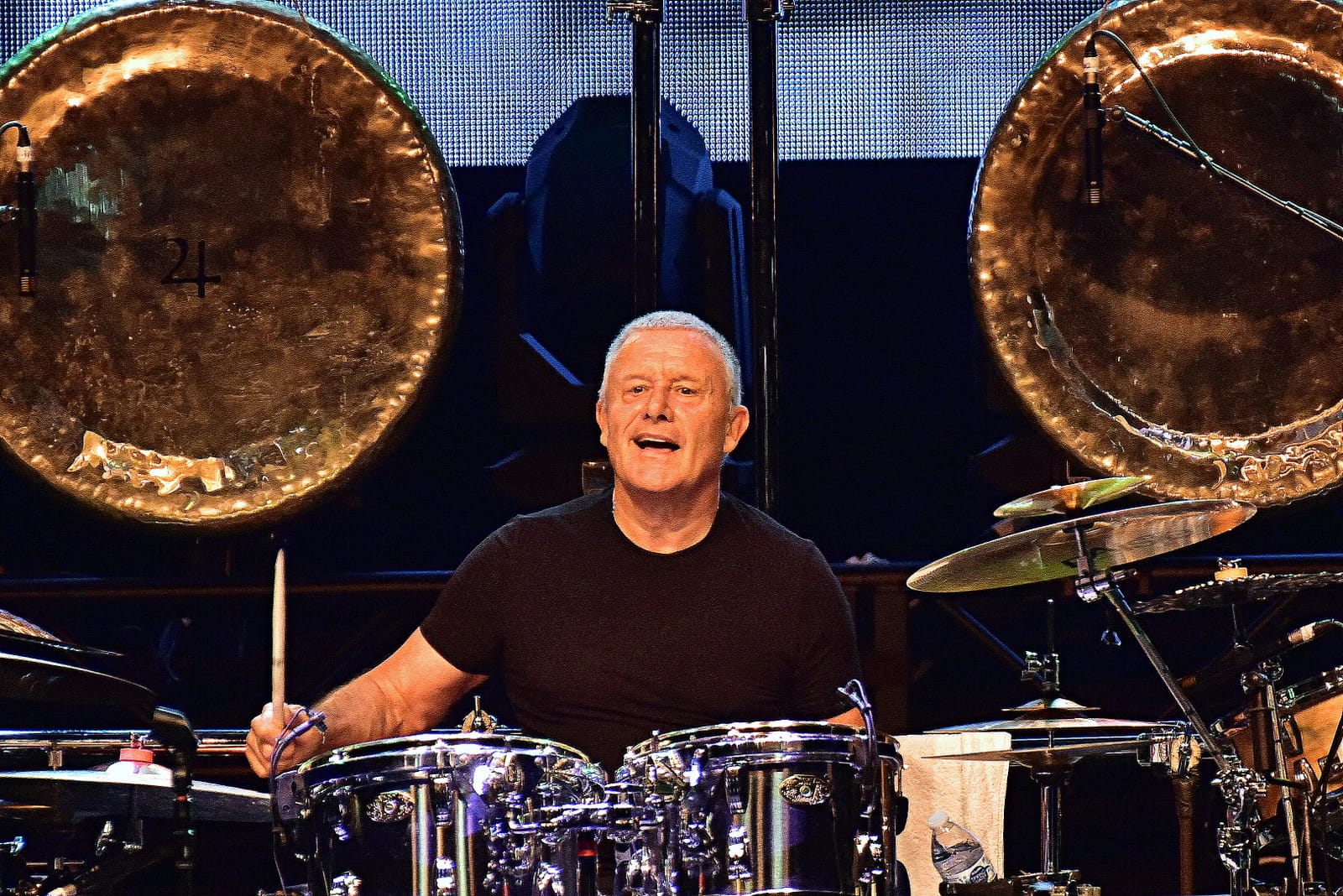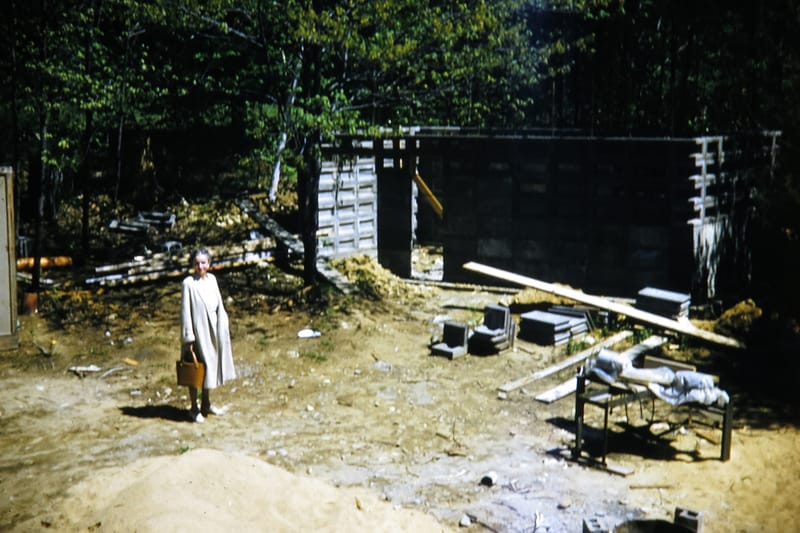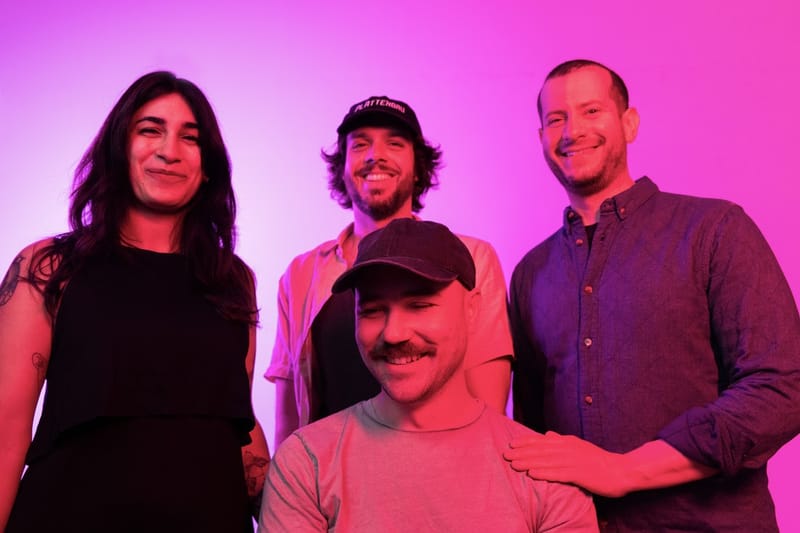Feb. 27: ‘An Evening with Emerson Lake & Palmer’ featuring Carl Palmer, at Tupelo Music Hall
Emerson and Lake both passed on back in 2016, but Palmer has recently been keeping the band’s legacy alive with a unique performance. It’s called “An Evening with Emerson, Lake & Palmer,” and it’s coming to Tupelo Music Hall in Derry on February 27 at 8 p.m.

DERRY, NH – During progressive rock’s golden age in the ‘70s, there were plenty of bands exploring the sonic movement. One of them, Emerson, Lake & Palmer, consisting of Keith Emerson on keyboards, Carl Palmer on drums and percussion, and Greg Lake on vocals, bass and guitar, rose to the top. Together, they were one of the biggest bands of the decade with hits including “Lucky Man,” “From The Beginning,” “Fanfare for the Common Man,” and “Hoedown.”
Emerson and Lake both passed on back in 2016, but Palmer has recently been keeping the band’s legacy alive with a unique performance. It’s called “An Evening with Emerson, Lake & Palmer,” and it’s coming to Tupelo Music Hall in Derry on February 27 at 8 p.m.
I caught up with Carl Palmer ahead of the show about how this whole thing came together, doing a lot of video editing and his work in visual art.
IF YOU GO
Tupelo-Home – Tupelo Music Hall
Address: 10 A St, Derry, NH 03038
Rob Duguay: This upcoming show has you and other musicians performing live to a video of Keith Emerson and Greg Lake from a performance the three of you had at Royal Albert Hall in London back in 1992. How did the idea for this initially come up? Did you originally have this in mind or did someone run the idea of this unique performance by you?
Carl Palmer: First of all, it’s something that hasn’t been done before and the only way it’s been done previously with me going out with this particular show was using holograms. I didn’t actually think that a hologram with Keith and Greg would be appropriate, I didn’t think it was an honest approach although I investigated it by going to see various shows with holograms, like the one with Frank Zappa. I dealt with a company in Canada, we dealt with a lot of stuff, and at the end of the day, what I wanted to do was to use what’s considered to be the best of the technology today and the best of the artists’ performance. Greg and Keith performed incredibly well at the Royal Albert Hall, as we all did as a band, and it was a five camera shoot. The DVD that I used was actually released after it was group approved.
The interesting thing about this, and the only reason why I can actually put this show together, is the audio for the show, which lasted nearly two hours, was recorded separately from the five camera shoot. The audio from all of the instruments, all of the keyboards, all of the guitars, the voice and the drums were all on separate tracks, which meant that I could take away the drums from that original recording, I could play along with that soundtrack in a room and I’d be playing with Greg and Keith again. Of course, the keyboards could be remixed again because they’re on separate tracks, but with all of that together with visuals attached, all I had to do was to start cutting up the video to make sure we got all the right bits. The camera shots on the DVD didn’t work for what I wanted to do on three large screens, but what worked was the fact that I had these audio tracks free to play with. If I didn’t have those separate, then I couldn’t have done it, that’s for sure.
I’m perfectly in sync with Greg and Keith, I’ve got them in my monitor and in my ear, and the actual footage was shot on the night anyway, so all of their playing is perfectly in time. What you’ve got here is Keith Emerson at his very best, Greg Lake at his very best, we’re performing at the Royal Albert Hall, I’m bringing it into a new venue and I’m sticking it on these huge screens with one on each side and one downstage. Keith and Greg are on the left and right, I’m in the middle, and I’m playing live with them. It is live, it’s all being mixed live and all of the visuals are perfectly in sync.
RD: That’s amazing.
CP: It’s the only show of its kind, by the way. You probably already know this, but when they usually record a live DVD, they record the audio at the same time. This wasn’t recorded at the same time as the camera shots, it was recorded on the same night, but on different equipment with different tracks, everything was separate. At the time, we did that because we thought that if we made a mistake on one of the nights and we really liked the performance of one of the songs, but there was a little glitch, we could correct it. As it happens, the footage that I use and the tracks that I use are all from the first night and there were never any corrections ever made from the original release of the DVD.
RD: It sounds incredible that you’ve been able to put this whole thing together. When it comes to the logistics, it took nearly two years for this all to come together, so what was the biggest obstacle? Was it getting those multitracks? Was it dealing with the licensing or both Keith and Greg’s estates?
CP: Getting the multitracks wasn’t a problem, and I had the original DVD, which was no good to me really because I needed all of the multitracks to get all of the audio separately. As I said, because it was a five camera shoot, I could go back into the archives and look at footage that wasn’t used on the original DVD. I could look at it and say,”Right, the original DVD at this point with Keith and Greg isn’t what I need for a new live performance, I need to edit around that.” I had a look at the archived footage we didn’t use on the original DVD to see if there’s anything I can replace it with, so I did that and it took approximately 11 weeks of editing to get all the actual visual aspects of the show correct for Greg and Keith. I needed some long shots, I needed some head and shoulder shots, I needed finger shots and I needed profile shots.
Yes, they were all on the original DVD, but there were better clips and better shots that I could use for this type of performance. I just remodeled it all to the environment that I’m trying to create with them, so that was between 10 and 11 weeks. Finding all the stuff took a couple months to clean up, and I think it took around a year to bring it all together, to tell you the truth. The editing was the hardest thing for me to do because it’s funny looking at these two guys every day, which is a bit sad, and after two weeks, it was me getting to work and getting it done the best I possibly could. There’s a lot of extra footage to go through to see if there was something that was better than what we’d already got for what we’d actually need, so that was the time-consuming part, but it was a lot of fun.
I did it remotely, as a matter of interest. I was in London and I did it with a guy over in Florida for a while and I did it with another guy out in Buffalo. We’d both be tuned into each other’s computers and we’d have a split screen so we’d both know what we’ve been looking at. I had an archive of our footage that we hadn’t used and I could redirect it that way, so I didn’t do any of the manual work, I did all the looking and listening while basically getting the concept right.
RD: That’s great. For fans of Emerson, Lake & Palmer, what can they expect from this upcoming multimedia show? What do you hope they take from this unique experience?
CP: I’m dealing with a demographic at the moment that ranges from my age in the late ‘60s and early ‘70s way down to 30 and 40 year olds, the sons of or the daughters of. I’m also dealing with grandchildren because they’ve been told about it, and there’s definitely an influence there. They come out and they get the experience, and what has actually happened is that when this idea and concept crosses over, believe it or not, it crosses over with the younger people in their late 20s, 30s and early 40s quicker than it does with people of my age and my demographic who have actually saw it all. The younger people can soak it up, see what it’s all about and they can live the experience while the people who are older come along and they’re so pleased to see Greg and Keith up there playing along with me. They think they’re at a ‘70s concert that’s going on because that’s exactly what it looks like, even though this particular recording is from the ‘90s.
It’s a trip down memory lane for them and for the younger people, it’s a wild, technical, almost AI experience.
RD: From what I’ve read about it, it sounds extraordinary. Along with this project that you have going on, what else do you have going on these days that you’d like to mention? I know you’ve been creating your own artwork through painting with light, so have you continued pursuing that creative outlet when you’ve had the time?
CP: I just started doing some more artwork with a company in California, which is SceneFour. I’ve put out two art books in the past, which I’m planning on amalgamating with some new material that I’ve put together. I’ve been working on a project to deal with the environment, with all the rain we’ve had, with all the fires we’ve had, the storms and different stuff. I’m putting a piece of artwork together to represent all of that and I’m trying to deal with stuff on that level. I have another concept focusing on percussion with drumsticks that have LED lights at the end of them. I’m in a dark room with a couple cameras on me at different shutter speeds and it’s completely pitch black.
I have a red and yellow stick, or a blue and a green, or whatever with one in each hand or two in each hand. There will be some images captured with shadows and things, which will be pretty interesting. I got all of that going on, I’m not playing with anyone else, I’m not recording anything at the moment and this particular show is running into its third year. We’ve only done around 60 or 70 concerts, we have been to Japan with this show and we have South America coming up this year. I know there’s a couple more American tours after this and we’re looking at playing in the United Kingdom, but it’s very, very difficult to get people to understand it.
Like I said, the demographic who understands exactly what’s going on, they’ve got it but they weren’t fans at the time because possibly they weren’t even born. They just latch on to it saying,”Yeah! Yes, we can do that.” I think people like Paul McCartney, who have tried to do it with John Lennon singing at the back of the stage for some choruses on a screen, people have got that and they understand what it’s all about. They haven’t gotten the concept of guys actually playing instruments on a screen while being perfectly in time with live musicians on a stage because it’s not a hologram, but it’s still Greg and Keith at their very best. It’s been difficult to get this across because it’s not a cover band, it’s Emerson, Lake & Palmer as you can see them today and we’re allowed to do it by technology. It’s a very, very interesting concept and I’m pleased that I’ve managed to jump on it first audio wise separately from the visuals like it was.





